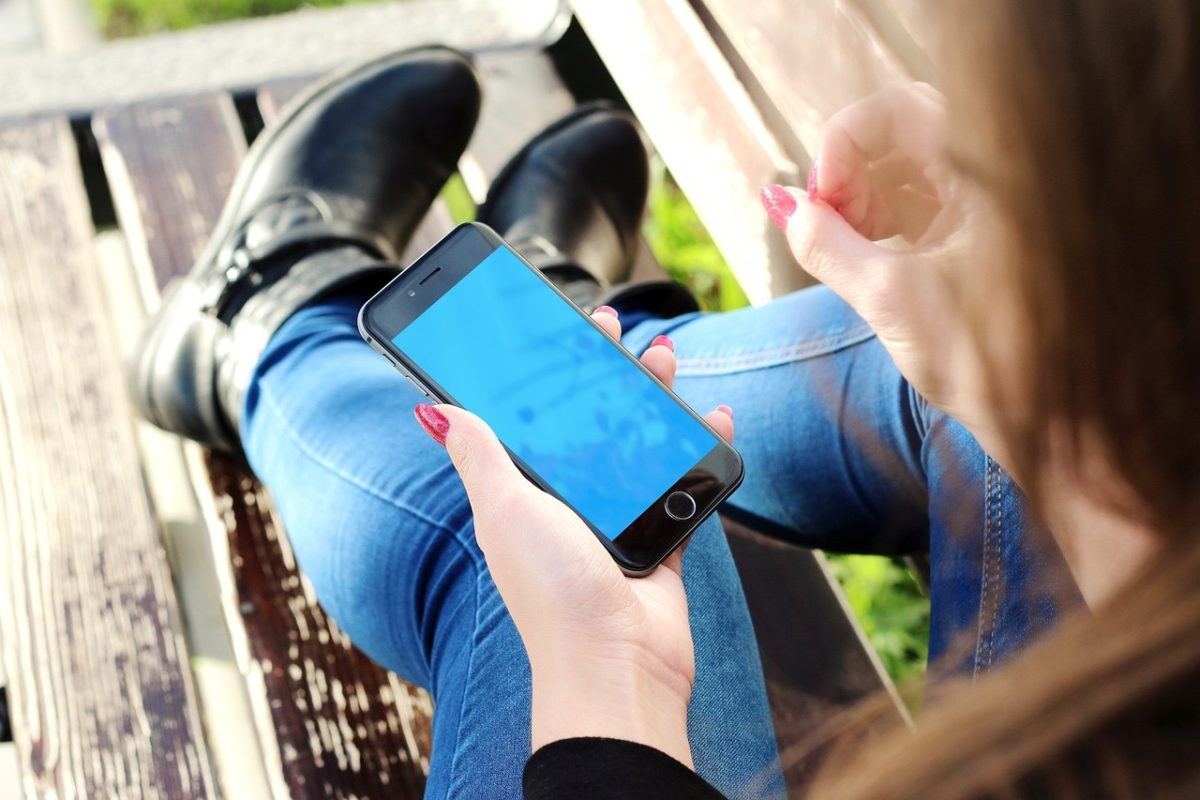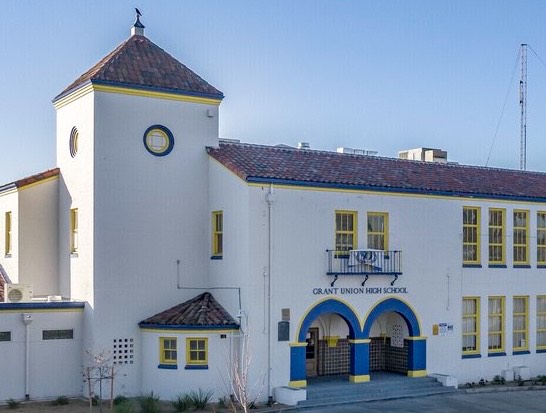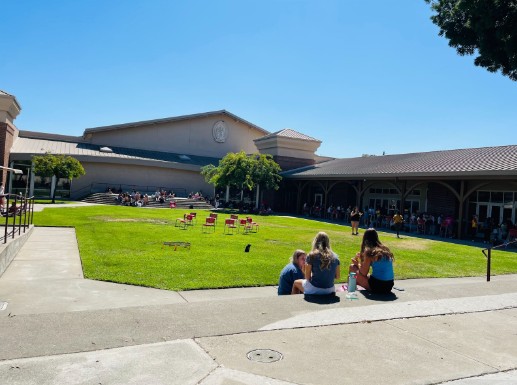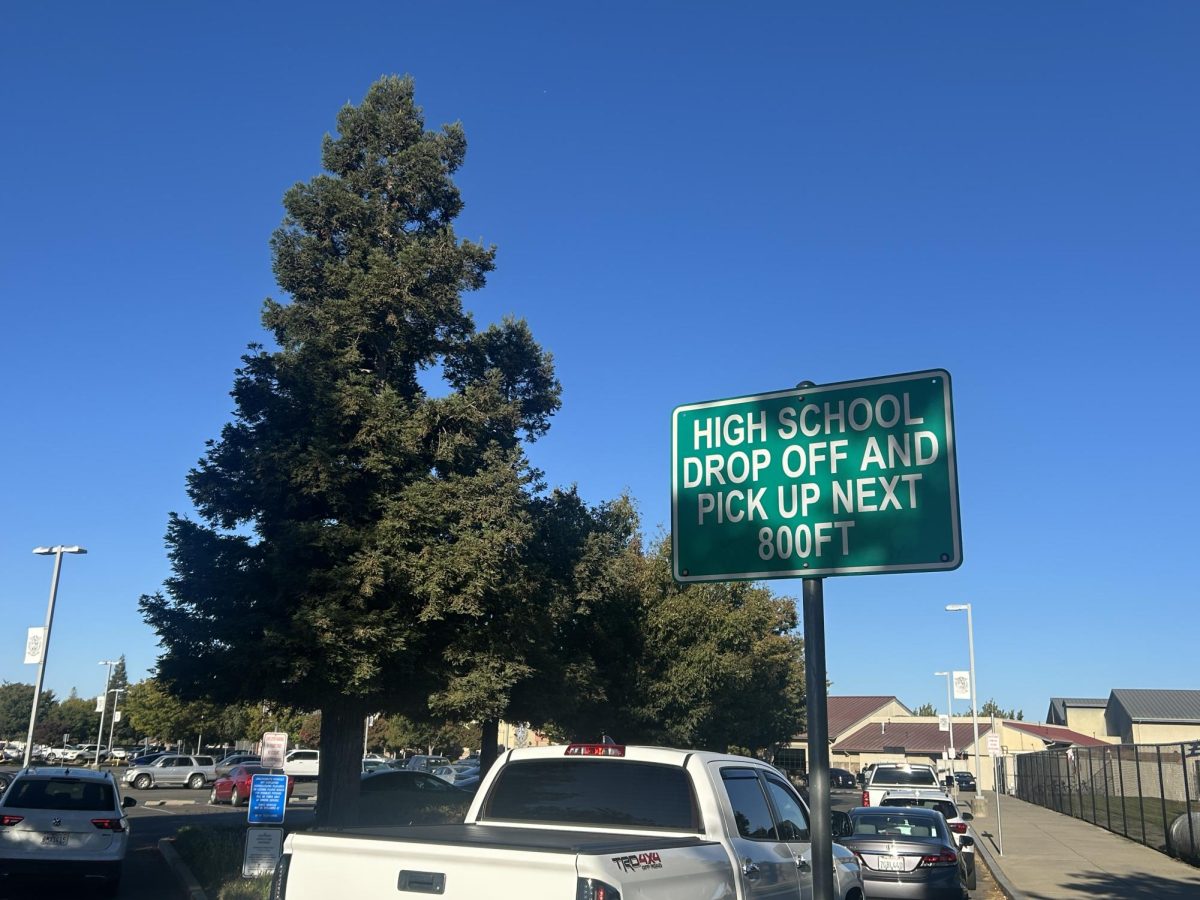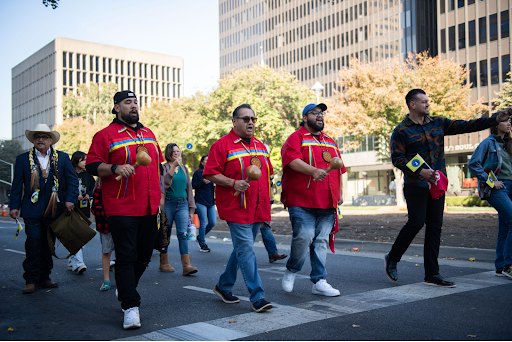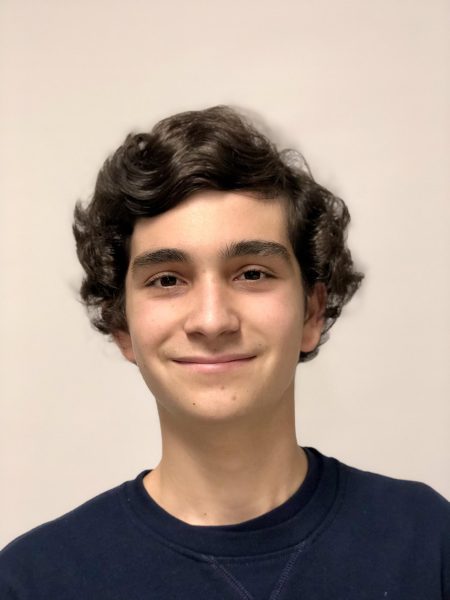Before freshmen and sophomores ever make it to their desks in an English classroom at Rio Americano High School, their cell phones are immediately stored in a collection caddy, where they remain until the period ends. But when they return for social studies classes to the room next door, they are free to check texts or step aside to take a call.
The fate of cell phones at Rio Americano – that individual teachers dictate their own policies for in-class use absent a campus-wide rule – is illustrative of the 91% of U.S. high schools that don’t have all-day phone bans.
The number of schools cracking down on phone use is increasing every day, though, in both Sacramento and nationwide.
According to San Juan Unified spokesperson Raj Rai, the district already has a policy that restricts in-class phone use. However, she noted that the rule is more than a decade old and that enforcement does not look the same at every school.
“We will be reviewing this policy this fall and having conversations with our students, staff and families regarding any potential updates that may need to be made based on feedback collected,” Rai said.
Cell phone policies vary across the Sacramento region: students store phones in designated holders in classrooms at McClatchy High School, while West Campus High School has “phone pockets” for all students. Rosemont High School, on the other hand, adopted an all-day ban this year.
Nationwide, schools are turning to the use of “phone lockers” and Yondr pouches, device storage bags that can only be unlocked by administrators.
But while the issue has so far been left to the school and district level, California will soon follow other states in mandating cell phone bans.
In late August, the assembly passed AB 3216, new legislation that will require every California school district to create a policy prohibiting student cell phone use during all school hours by July 2026. The bill was signed in September by Gov. Gavin Newsom, who had previously spoken out in support of a ban.
“We know that excessive smartphone use increases anxiety, depression and other mental health issues,” Newsom said in a statement. “This new law will help students focus on academics, social development, and the world in front of them, not their screens, when they’re in school.”
Leaders of AB 3216’s only official opponent, the California School Boards Association, said they feel the legislation is a mistaken “one-size-fits-all approach.”
“This bill limits the decision-making authority of the governing board as they would now have to adopt a policy, even if, through local community meetings, it was found that there was no need to limit/prohibit the usage,” the association said in a statement. “These decisions are best made at the local level by people who understand, reside, are invested in, and accountable to the communities they serve.”
While they understand the benefits, some students, parents and even teachers and school officials aren’t sure an all-out ban is the best answer to address excessive cell phone use because of the many ways cell phones are utilized.

“I hope that they can make exceptions for those students who may need reminders for medication or need extra support for outside people that they contact through their phone, but I think the general consensus about banning phones is mostly positive,” Rio Americano senior Marin Abood said.
Cell phones are seen as a way to contact students in case of emergency, and limiting access to a student’s personal device at all times might be a step too far, many parents and ban opponents say.
The National Parents Union reports that 78% of parents want their children to retain cell phone access during the school day.
Overwhelming parent opposition to complete phone bans comes amid incidents of school violence nationwide.
When fake social media threats of school violence affected dozens of Sacramento-area schools in September, cell phone access provided parents individualized communication with students in addition to general district statements. During the mid-September threats, students texted their parents to let them know they were OK and coordinated being picked up, according to several students who spoke with Sacramento School Beat.
At the same time, AB 3216 would require an exemption from the cell phone ban in the case of an emergency or threat of violence.
Meanwhile, many teachers see phone bans as the best solution to remove the distractions they cause.
“(Phones) prevent students from having a creative and original thought, and it makes them anxious and sad,” Rio Americano English teacher Adam Bearson said. “It’s distracting to students.”
School administrators and district officials have been forced to balance the wishes of teachers with the concerns of students and parents.
“If a student is at lunchtime and they’re just talking to their mom or sister or friend or they need to make a phone call to check on their car insurance, I don’t know if the school should necessarily look to be banning that,” Rio Americano principal Cliff Kelly said.
The issue of cell phone bans in schools has quickly emerged since U.S. Surgeon General Vivek Murthy, the country’s chief public health officer, this summer recommended schools go phone-free.
Research showing the negative impact of social media and cell phone use on teenagers has also been highly publicized this year. Depression rates are surging in both boys and girls, where symptoms have risen 161% and 145%, respectively, since 2010.
College students have experienced a 134% spike in anxiety rates and 106% rise in depression, according to the American College Health Association.
But some critics of outright bans say they’re essentially unenforceable – and might simply go too far.


